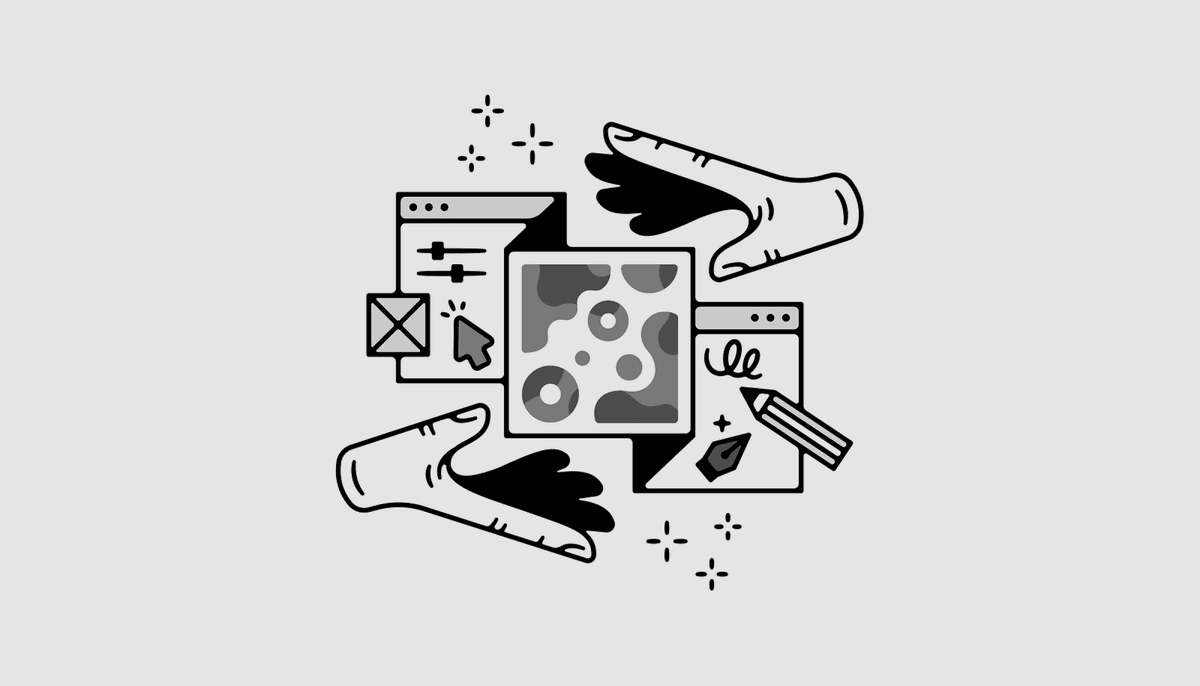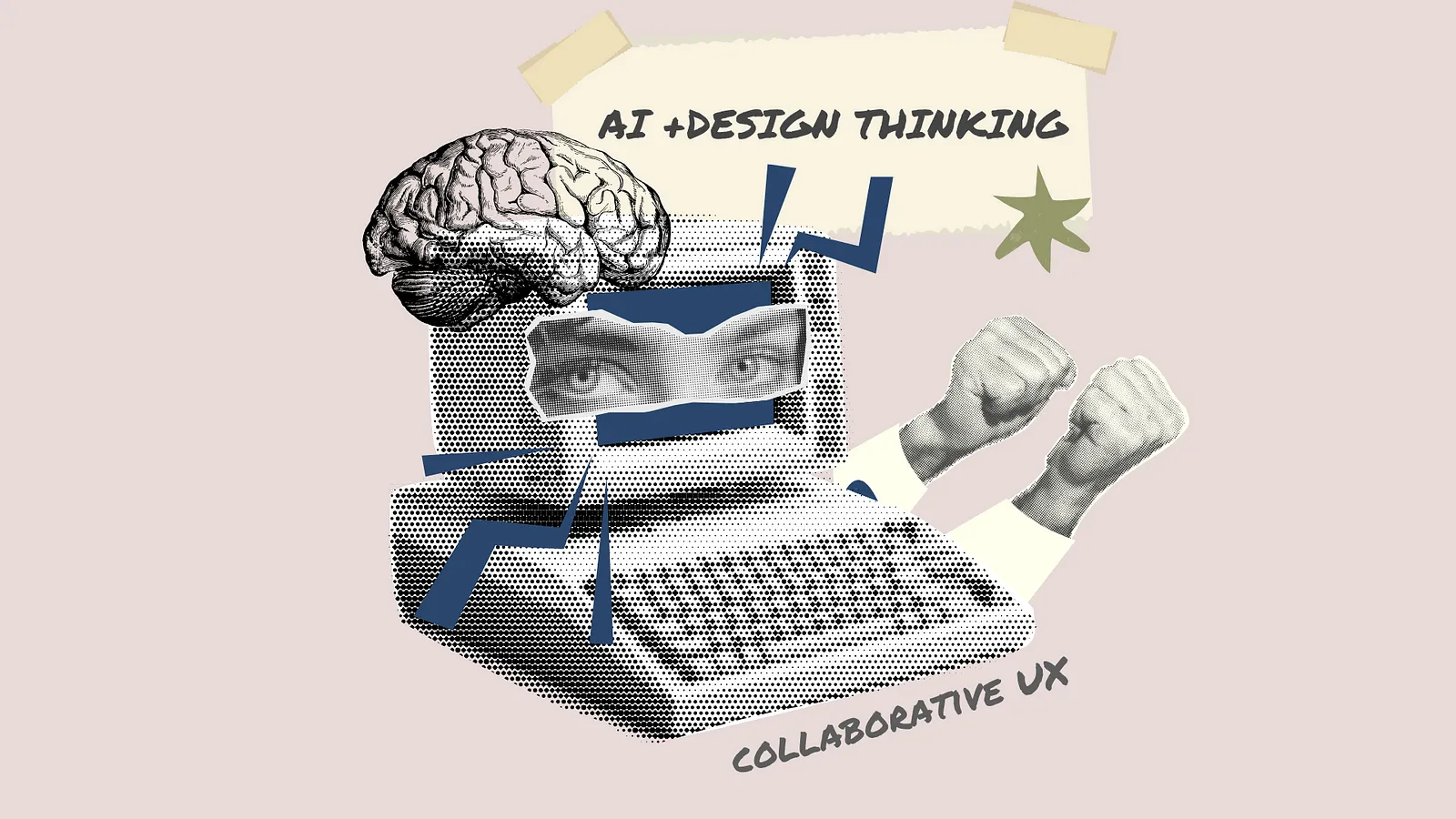How AI can help with testing products before accessing real users

In design, AI has shifted from being a buzzword to an essential tool in daily workflows. Agentic AI, a newer development, goes beyond simple automation. It’s a system that works independently, handling tasks that designers once had to oversee themselves. This is especially useful during early-stage product testing, where catching issues early can save a lot of time and effort down the line.
When applied to design, agentic AI can review prototypes, identify potential problems in a flow, or flag areas where the user experience might break.
It acts as an extra layer of validation before human testers even get involved.
The practical shift from human-driven to AI-assisted testing

In the past, product testing meant relying on human testers. It was a necessary but slow and expensive process that often stretched out product timelines. Designers would build, wait for feedback, and then go back to tweaking and reworking the designs, creating delays.
With agentic AI, this cycle looks different.
Instead of waiting for human input at every stage, AI tools built into design platforms can step in early. They catch things like layout misalignments, buttons that don’t work, or accessibility issues, acting as a first line of defense.
They can now spot inconsistencies in design systems or check if a design sticks to brand guidelines without anyone having to manually go over it.
How agentic AI handles objective validation

Let’s look at how it works in real-world tools.
Take Maze, for example. It allows designers to simulate user journeys and spot friction points before human testers are involved.

Designers can run tests on their prototypes and get immediate feedback on potential issues. The tool can flag usability problems, such as unclear navigation or broken interactions, making it easier to refine the user flow early on.
This means that before any human testing happens, designers already have a clear picture of how well their product holds up.
It’s like having an automated second set of eyes.
How agentic AI handles subjective validation & current limitations

AI excels at objective validation but still has limitations with subjective elements like visual aesthetics and user experience.
AI tools can suggest functional improvements, like recommending alternative button placements for better usability or adjusting the layout for smoother navigation. But these suggestions are based on algorithms and patterns, not on the nuanced design choices a human designer makes.
For example, AI might recommend shifting the positioning of a call-to-action button for better flow, but the final decision on its placement — whether it feels intuitive, balanced, or aligned with the brand’s identity — still lies with the designer.
While AI handles technical aspects, the emotional and visual nuances of design still require a designer’s creative touch. Right now, AI and human designers complement each other — AI ensures functionality, while designers bring the human insight needed for impact and aesthetics.
How agentic AI is benefitting design teams

1. Faster feedback, less waiting
Agentic AI helps catch basic issues early on, so teams can resolve problems before they get bigger. This keeps the feedback process moving faster and designs on track.
2. Cutting costs in the early stages
With AI handling initial checks, there’s less need for human testers at the start. This helps cut down on early testing costs, freeing up resources for later stages.
3. Smoother testing as you go
Catching structural problems earlier means fewer revisions in later testing. This smooths out the process and helps avoid delays when you’re closer to launch.
4. More space for creative thinking
Automating the routine tasks — like checking alignment or links — gives designers more mental bandwidth for strategic, creative decisions, letting them focus on what really matters.
Agentic AI, the first line of defense
As AI tools continue to improve, there’s real potential for them to handle more subjective testing — like evaluating overall user experience or aesthetics. This will give designers even more space to focus on high-level decisions, while AI tackles the more time-consuming tasks.
Design teams should start integrating these tools into their workflows now. The sooner they do, the quicker they can take advantage of more efficient testing and validation before products hit the market.
……
Want even more inspiration?
Follow us on social media for your daily dose of design, innovation, and creativity right in your feed!
Linkedin | Instagram | Twitter
Looking for more daily inspiration? Download Muzli extension your go-to source for design inspiration!
Get Muzli for Chrome










